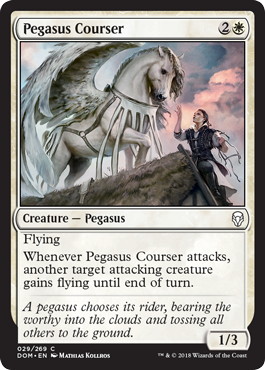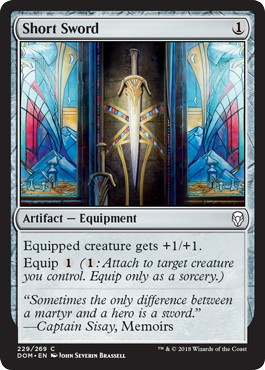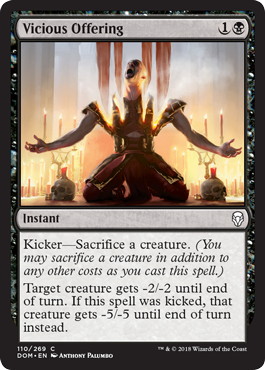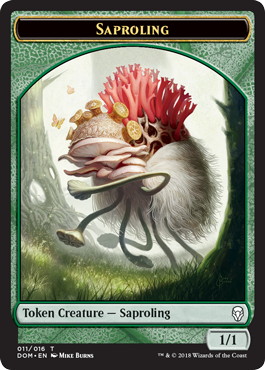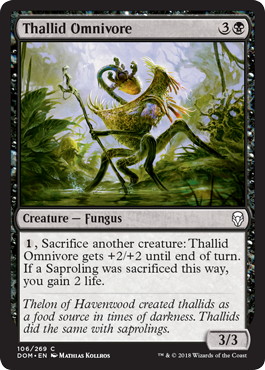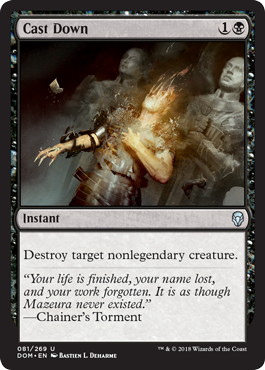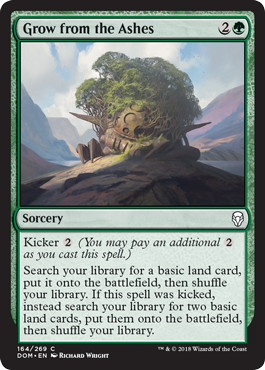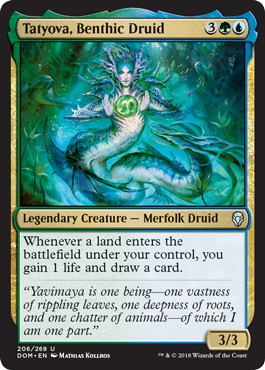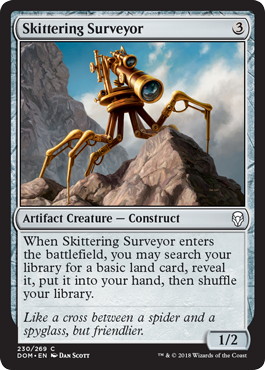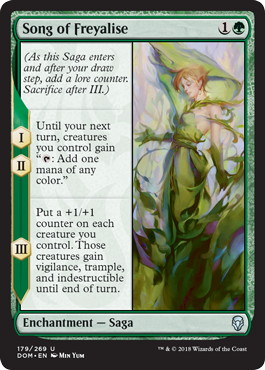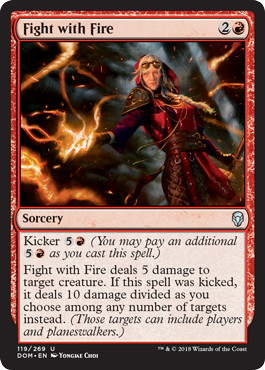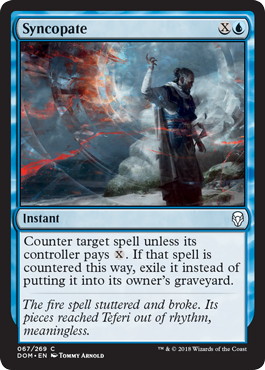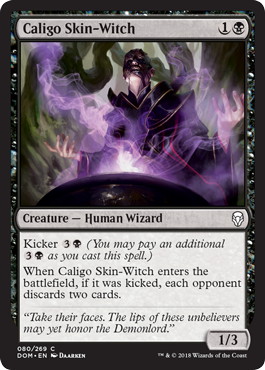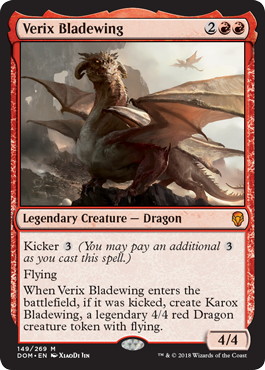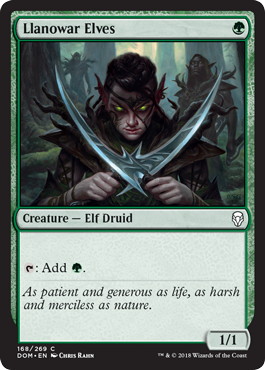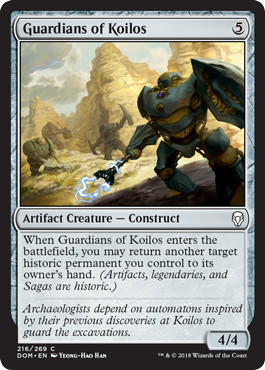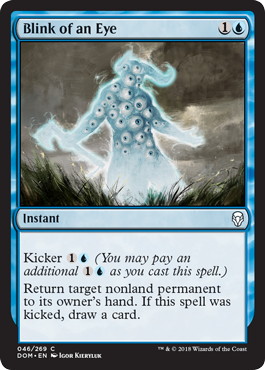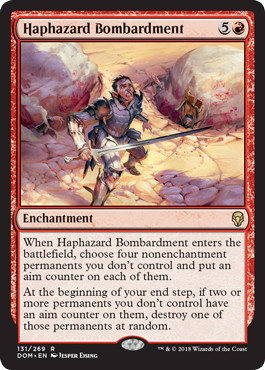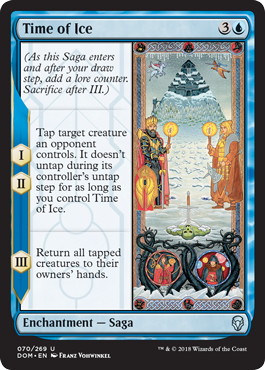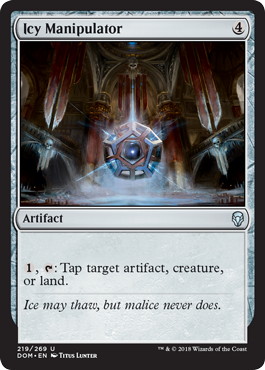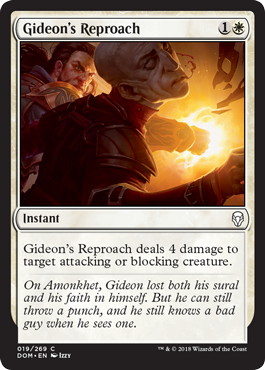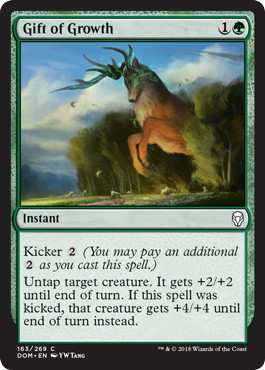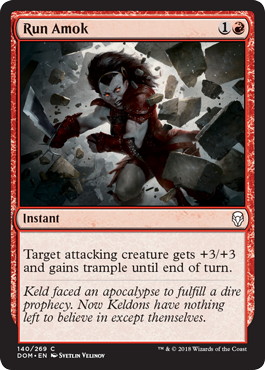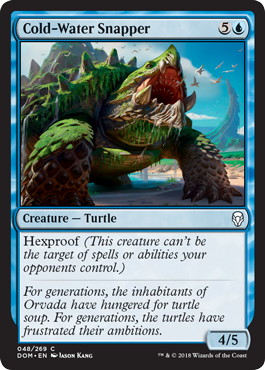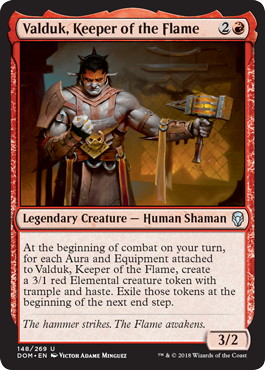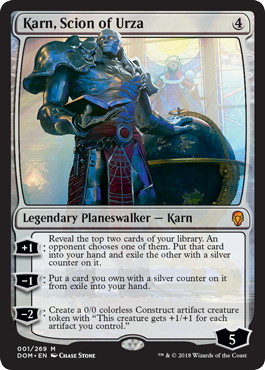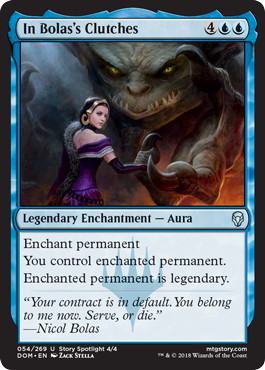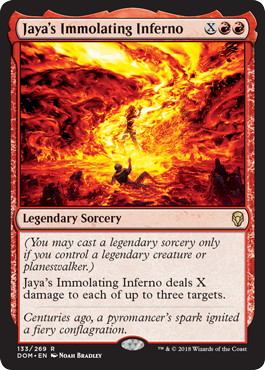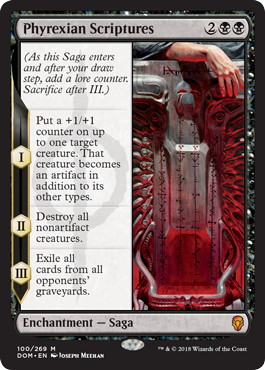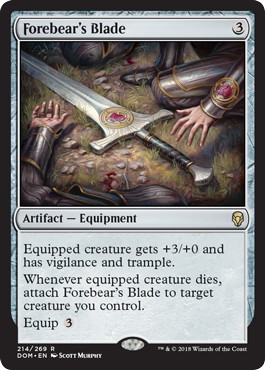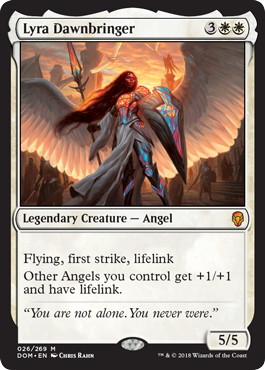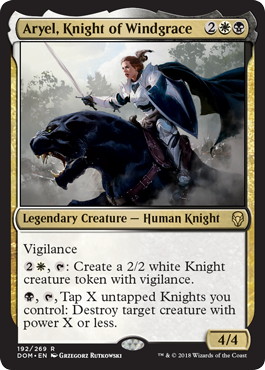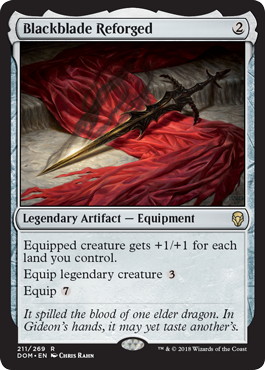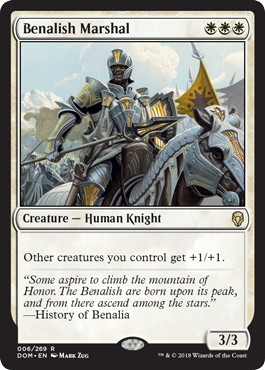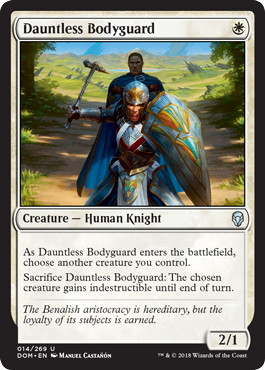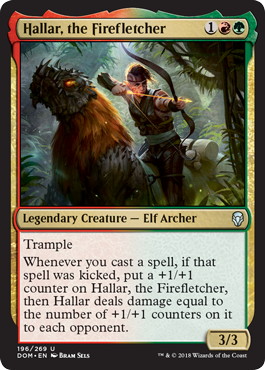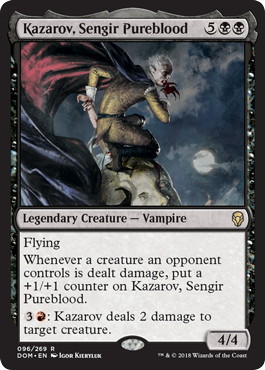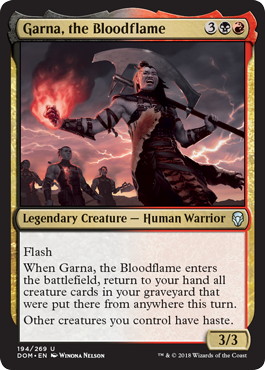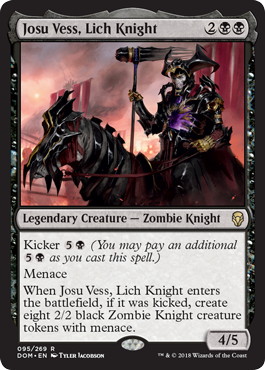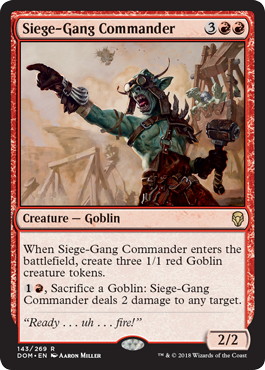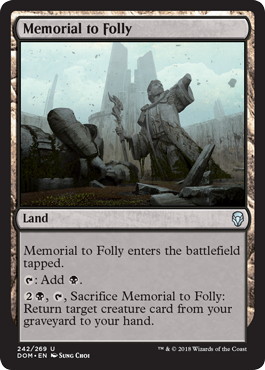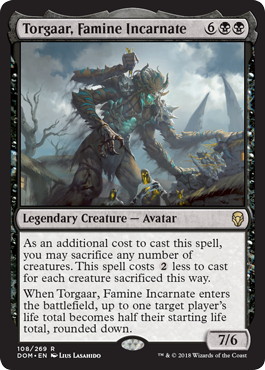THE BEGINNING
The timing for Grand Prix Bologna 2018 was quite unusual. Unlike most first GPs of a new format, it was only one week after the prereleases. The articles that would appear during the preceding week would have a limited amount of data about the games, so most people would have very little experience and information about the format. That meant it was possible to gain a much bigger edge on your competitors than at most other GPs – assuming you had the opportunity to practice yourself.
With a group of friends, we decided to take a little vacation before the GP and flew to Italy on the previous weekend. We had pre-ordered a bunch of booster boxes and rented a villa from the Italian countryside where we could practice the whole week, playing both team sealed matches on paper and drafts on Magic Online. We arrived quite late on Saturday evening and couldn’t really see anything in the darkness, but on Sunday morning we woke up to this view:
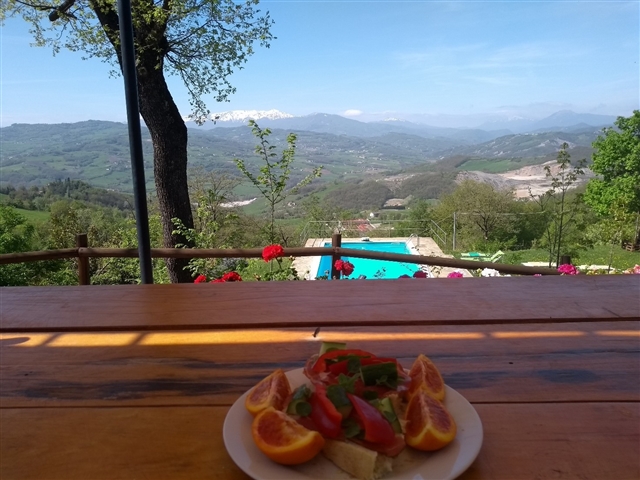
Best. Draft. Table. Ever. Sun kept shining throughout the whole week, and my teammate Jori Hukka is a chef by trade so we had some pretty good food too. The worst part was when we had to leave the villa to play in the GP, but fortunately, the Top 4 alleviated the pain a little.

Joonas Eloranta, Jori Hukka, and Matti Kuisma (left to right)
Image Copyright: Wizards of the Coast
THE FORMAT
When we started testing, we noticed quite quickly that White decks were underperforming. In draft it was fine, but in team sealed you couldn’t expect to just put a 《Dub》 on a two-drop and get there. Most pools had a core of BG Thallids or Ramp, UR Tempo or Control, and a mediocre White aggressive deck. In multiple best-of-9 team matches the White decks went 0-3 and 1-2, the one victory resulting from the fact that when the White decks got paired against each other, only one of them could lose.
Maybe the biggest problem with the color was that it’s not quite good enough at being aggressive to close out games early, and it doesn’t really pack the same late game punch as the other decks. The White decks that didn’t do horribly had a common theme in having a lot of flying creatures. The color tends to have a pile of crappy creatures that become weak as the game goes long, so it’s very important to have ways of making them relevant past turns 5 and 6.
《Pegasus Courser》 is the MVP of these decks, and 《Jousting Lance》 and 《Short Sword》 perform similar duties. The best combinations for White we found to be WB and WU. Black tends to add some powerful legends and removal spells for a legitimate mid/late game, whereas blue provides more fliers and tempo elements.
The Green decks were really solid performers. Most of the time they were BG as the colors have a lot of natural synergies. The 《Saproling》 theme makes 《Vicious Offering》 a premium removal spell and 《Thallid Omnivore》 is just a monster. In addition to the 《Offering》, black has 《Eviscerate》 at common and 《Settle the Score》 and 《Cast Down》 at uncommon, so the decks usually have a great removal suite.
《Grow from the Ashes》, 《Skittering Surveyor》 and 《Song of Freyalise》 make it quite effortless for green decks to splash anything from extra removal spells to multicolor bombs. 《Tatyova, Benthic Druid》, in particular, is a great card to splash for.
Speaking of the 《Song》, I don’t think I’ve ever misread a card as many times. At first, I thought it was pretty bad. Then I found out that it gives +1/+1 counters to the creatures instead of a temporary boost until end of turn. Then I found out that the creatures become indestructible until the end of turn. And then I would’ve missed lethal if Magic Online hadn’t kindly assigned trample damage from a 2/2 《Saproling》 token to my opponent. Something about the combination of permanent counters, temporary indestructibility and scrawny, trampling 《Saproling》 was just really confusing to me. Now that I have finally read the whole card, it’s pretty damn great.
The UR decks are probably the coolest ones. In our testing, we had some very aggressive tempo decks with a Wizard theme, some super grindy control decks that aimed to win by recycling 《Fight with Fire》 with 《Ghitu Chronicler》, and everything in between. Unlike White’s early plays, 《Shivan Fire》, 《Syncopate》, and 《Ghitu Chronicler》 stay relevant in the late game. With Kicker spells in the format it’s surprisingly easy to get value from 《Syncopate》 even late in the game, and countering those is usually quite valuable. 《Divination》, 《Cloudreader Sphinx》, and the 《Chronicler》 provide a lot of card advantage and make it easier to find whatever bombs you have opened. Some people complain that Red is a bad color because it doesn’t have many good creatures, and they kind of have a point. That’s why the UR decks are usually more Blue than Red and don’t play as many creatures as “normal” limited decks.
Other color pairs that appeared multiple times were BR and GR. In most limited formats BR is an aggressive archetype like Pirates in Ixalan, but in Dominaria it’s definitely a controlling one. It has both of the great Kicker two-drops at common (《Caligo Skin-Witch》 and 《Ghitu Chronicler》) and a ton of good removal from both colors. However, it is quite one-dimensional and can have big problems against decks that try to grind value with something other than creatures. For example, there aren’t really any good answers to Planeswalkers or Sagas, and it’s hard for a BR deck to put on pressure with its creatures.
GR, on the other hand, tends to be an aggressive Ramp deck. 《Fight with Fire》 and 《Verix Bladewing》 are at their best here as 《Grow from the Ashes》 and 《Llanowar Elves》 enable them much sooner than in other decks. It usually has a great creature base but lacks in the removal department as there are a lot of threats that 《Shivan Fire》 and 《Fiery Intervention》 are ineffective against. If you can spare an 《Eviscerate》 or a 《Blessed Light》 from the other decks in your pool, it’s a good idea to splash that in the GR deck. Same goes for GR decks in normal sealed.
Other Random Tips About the Format
– If you have opened a 《The Mending of Dominaria》, I would almost always play a 《Guardians of Koilos》 in the deck. At first glance, the 《Guardians》 look quite unimpressive, but it’s surprisingly decent on its own and it grinds card advantage insanely well with the 《Mending》. The Saga even digs deeper to the deck to find the 《Guardians》. After two cycles with the 《Mending》, you should have plenty of mana in play, cards in hand and a heavy concentration of action spells in your deck. 《Guardians》 also work fine with other Sagas, but the 《Mending》 is my favorite pairing with it.
– 《Ghitu Chronicler》 and 《Blink of an Eye》 provide infinite value together. It’s the sweetest pair of commons in the format. 《Blink of an Eye》 is also nice with 《Haphazard Bombardment》 and Sagas, especially 《The Mirari Conjecture》. 《Chronicler》 + 《Soul Salvage》 is also a loop.
– 《Time of Ice》 and 《Icy Manipulator》 are both great on their own and become absolutely ridiculous together. If you have those two in the pool, they should almost always go to the same deck.
– Consider playing 《Gideon's Reproach》 after combat damage to avoid getting blown out by 《Gift of Growth》, 《Run Amok》 or 《Adamant Will》. The creature will survive regardless of when you cast it, but sometimes it’s much easier to win through X guaranteed damage than possible additional damage from the pump spell.
–《Cold-Water Snapper》 is surprisingly hard to deal with for some of the controlling UR decks, so keep that in mind during sideboarding. Also, 《Snapper》 + 《On Serra's Wings》 is like 《Pestermite》 + 《Splinter Twin》.
-The worse your legendary creatures are, the more reliable they are for legendary sorceries. No one wants to kill 《Valduk, Keeper of the Flame》 from UR Control, but everybody wants to get rid of 《Jhoira, Weatherlight Captain》.
THE GRAND PRIX
Day 1
On the morning of the GP, I wasn’t feeling too enthusiastic about our chances. My friends had been beating me the whole week in our team sealed matches, and the only redeeming factor was that I had learned a lot from the losses. But as the legendary Finnish ice hockey coach Tami Tamminen says, you should “Win the Right Games”, so that’s what we did.
It wasn’t all skill though. When we started going through the team sealed pool on Saturday morning, we found bombs one after another. I think most people tend to overestimate how good their team sealed pools are, as the majority of team sealed pools have three good decks and some bombs in the mix. It’s easy to forget that everybody else has bombs too. When you open 12 boosters and get to play all of the colors, you’re almost guaranteed to have at least some good rares in the decks. That said, the pool we opened on day 1 was just incredible.
We had the usual split of UR Control, BG Thallids, and WB Legends.
The UR deck had 《Verix Bladewing》, 《Karn, Scion of Urza》, 《Fight with Fire》, 《In Bolas's Clutches》 and 《Jaya's Immolating Inferno》. And when I said earlier that bad legendary creatures can be good enablers for legendary sorceries, we had a 《Valduk》 in the pool that did just that. It was mostly just a random dude that could block if needed, but multiple times it stayed on the board to enable 《Jaya's Immolating Inferno》 after the better legends had gotten destroyed.
Interesting deck building decisions included cutting 《Time of Ice》 and 《Academy Journeymage》. Both are great cards in most UR decks, but this one was just glacially slow and didn’t really have any Wizards for the 《Journeymage》. The Saga and the 《Journeymage》 shine in more tempo-oriented decks, but if you’re playing the control role with cards like 《Amaranthine Wall》 they lose a lot of their value.
The BG deck had a 《Song of Freyalise》, which is basically a mythic uncommon in that deck. It also had the sweet combo of 《Guardians of Koilos》 and 《Phyrexian Scriptures》, and a 《Forebear's Blade》.
The WB deck had 《Lyra Dawnbringer》, 《Aryel, Knight of Windgrace》 and 《Blackblade Reforged》. Turns out that with enough bombs, even White decks can be good! Splitting the black cards was fairly straightforward since the WB deck was heavy on White and didn’t want any of the double-black cards, and 《Vicious Offering》 are much better in BG.
About Discussing -Try to Find the Right Play on Your Own-
I don’t remember us discussing much during the matches or debating about the plays, which I think was a good thing. In general, I think many teams try to communicate too much during the matches. Asking about mulligan decisions or sideboarding is fine, but harder questions can often do more harm than good. It’s almost always a better idea to try to figure out complex situations yourself, rather than distract your teammate. You have been focusing on the match for the whole time, so if the situation is so complicated that you can’t figure it out yourself, how can you expect your teammate to do that in a reasonable time? There’s also a very real cost in switching your attention between games. The person you’re asking advice from will likely give you mediocre advice based on incomplete data and play his or her own match worse as a result. Also, the time you spend explaining all the relevant variables to your teammate, you could have just spent trying to find the right play on your own.
Not to mention the time factor. When you start discussing with your teammates it’s easy to lose track of time, and when every single turn starts taking minutes, the match is much more likely to end up in a draw. At the end of day 1 in Bologna, there were four undefeated teams left in the tournament. Not a single one of them was 8-0. That alone tells something about the frequency of unintentional draws in the event.
If you can practice with your team in advance and have members who are specialized in playing certain kinds of decks, things also become quite a bit easier. During the week of practice, Jori had basically always been the one playing UR decks, Joonas specialized in BG, and I was playing whatever White deck was left. When it was time for the games that mattered, we each knew more about our own archetypes than the other team members. Therefore, we could just focus on doing our own part and trust the others to do theirs. It simplified matters a lot and meant we each had a lot of experience with the types of decks we were playing.
Day 2
Day 1 felt like we were playing on easy mode, and we only lost to the team of Panagiotis Papadopoulos, Aleksa Telarov, and Stjepan Sucic, who ended the day as one of the undefeated teams. But on day 2 we actually had to work for our wins. The pool we opened was quite unusual. In most pools, Blue tends to be deep as it has a lot of quality commons in 《Cloudreader Sphinx》, 《Academy Journeymage》, 《Blink of an Eye》, 《Divination》, 《Syncopate》 and others. But this time our Blue was extremely shallow. The UR decks don’t really work without the Blue base, so we had to look for something else. Likewise, while we had a lot of Black and Green cards, they didn’t have the usual synergies. For example, we didn’t open a single 《Thallid Omnivore》, a key card in the archetype.
White and Blue felt like a natural place to start, as each color brought something to the mix that the other one severely lacked. Blue’s biggest weakness was that it didn’t really have any creatures, whereas White didn’t have many relevant spells. Together, they formed a basic UW fliers deck.
One notable thing we did was excluding a 《Benalish Marshal》 from the deck. We played it in the day 1 WB deck with 11 《Plains》 and 6 《Swamp》, and even there I think it was probably a mistake (either that or the deck should have played even less black).
The UW deck wanted at least 7 《Island》 for 2 《Blink of an Eye》 and an 《In Bolas's Clutches》. With 10 《Plains》, you can’t reliably cast the 《Marshal》 early. And if you’re casting it late, it just doesn’t do what the UW deck needs at that point of the game. Even if you pump up your 《Grizzly Bears》, they still don’t match the powerful things that your opponent is going to be doing. You’re trying to buy enough time to win with the fliers, so something like 《Sergeant-at-Arms》 is often a better three-drop to play on turn 6 than the 《Marshal》, as it creates a ton of roadblocks. The 《Sergeant》 is also a better play on turn 3 as you can cast it reliably. (That said, we cut the 《Sergeant》 from that deck as well.)
One interesting thing was also that both White decks had a 《Dauntless Bodyguard》 but aimed to use it totally differently. The Wb deck on day 1 was full of bombs that it wanted to protect, so I often didn’t play it on turn 1 even when there was a chance to do so, as it would be more valuable later. For example, protecting a 《Lyra》 with it basically locked up the game against a GR deck. On the other hand, the UW deck on day 2 was much more aggressive with less valuable protection targets, so the UW deck slammed it on turn 1 every time. It also had multiple 《Pegasus Courser》 to make the 2/1 body relevant for a longer time.
After putting the Blue and White cards together, we split the Jund colors to maximize the gold cards we had. GR had 《Hallar, the Firefletcher》, and BR had 《Garna, the Bloodflame》. 《Kazarov, Sengir Pureblood》 is also an honorary member of the gold card club. Red and Green combined well to form an aggressive deck with some Kicker pump spells and a 《Song of Freyalise》. Black and Red had a ton of removal and bombs, and in limited you don’t need much else. It also had nice card advantage from the Kicker two-drops, which are crucial for the BR decks.
While the BR deck was as busted as the decks we had on day 1, the other two decks were significantly weaker. I still liked our chances as both of them were cohesive and had strong proactive game plans.
During the first match of the day, a judge asked if he could look at the bottom of my deck. Then he checked my deck box and I started to wonder what was going on. After the game had finished, we were deck checked. It turned out I had marked a 《Shivan Fire》 on my decklist instead of a 《Wizard's Lightning》. I don’t remember ever getting a decklist penalty before, and 8-1 at a team GP certainly wasn’t the best place to start.
When the next round began, we had one of the weirdest starts for a team match. I informed my opponent that I had a game loss for not being able to read and/or write, Jori on the middle seat found out he had lost his deck box and on the other side one of our opponents wanted to go to the bathroom. There was a lot of confusion and multiple questions to multiple different judges. Jori’s deck was found shortly from the judge station, and after they give him his deck back they immediately took it away again for another deck check. “But you had it already!” he shouted.
In the one game, I managed to play I stalled the ground quite effectively and started attacking with a 《Josu Vess, Lich Knight》. I had a 《Memorial to Folly》 in play, so I was kind of hoping for the 《Josu Vess》 to die so I could buy it back and cast it with Kicker. When my opponent declined to trade for it for a couple turns, I decided to kill it with my own 《Fiery Intervention》. If you read my previous article about offense being the best defense, this was very much about that. In my opinion, cutting down the clock was a safer way to win than holding on to an extra removal spell.
As we were starting game 2, Jori informed me that despite the deck check he had already managed to finish his match and we didn’t have to play the second game. I was super relieved that the decklist error didn’t end up costing us. It’s one thing to mess that up at an individual GP, but at a team GP, it feels a lot worse as you feel like you’re letting down your teammates.
The Most Interesting Match
The most interesting match of the day was a feature match on round 12 against Matthew Foulkes, Fabrizio Anteri, and Peter Ward.
(Tobi) Featured in Round 12 of #gpbol are:
— Magic Pro Tour (@magicprotour) 2018年4月29日
Foulkes-Anteri-Ward (9-1-1) vs. Eloranta-Hukka-Kuisma (10-1)
Pinto-Miani-Sajjad (9-2) vs. Tenenbaum-Morgenstern-Unfried (9-2)
Watch live at: https://t.co/m2tMU1i2uL pic.twitter.com/a3YkMrL2Be
In the first game against Peter I got to demonstrate some of the synergies in my deck as I sacrificed a 《Ghitu Chronicler》 and a 《Caligo Skin-Witch》 to 《Torgaar, Famine Incarnate》, only to get those two and a 《Siege-Gang Commander》 back with 《Garna, the Bloodflame》’s trigger. I felt a bit dirty afterward.
Game 2 was much tighter. The beginning of the game isn’t shown on camera, but I had a fairly slow start and Peter had a fast one with a 《Song of Freyalise》 to really put on pressure. I already went down to a low life total once from the 《Song》-powered attack, but 《Torgaar》 put me back up to ten to buy some time. The problem was that I had to sacrifice all of my existing board to cast it. Peter’s next attack cleared the board a bit and I started clawing back to the game by casting 《Kazarov, Sengir Pureblood》. A lot of my plays at that point were quite forced as I was just struggling to stay alive, but I knew that I could turn the corner quite quickly and I was looking for an opportunity to do so.
I had a 《Memorial to Folly》 in play with both a 《Siege-Gang Commander》 and a 《Torgaar, Famine Incarnate》 in the graveyard, so if I ever got a bit of breathing room I could get one of those two back and kill him in one or two swings with the 《Kazarov》. Again, I wasn’t trying to create the safest possible defensive position but trying to find an opening to win the game myself. An important piece of the puzzle was also finding the time to cast a sideboarded 《Radiating Lightning》, which made the Vampire gigantic. After a couple of turns I finally got the chance to use the Memorial to bring back the 《Torgaar》 and finished off the game with one punch.
Congratulations to the #gpbol Top 4 teams:
— Magic Pro Tour (@magicprotour) 2018年4月29日
Joonas Eloranta, Jori Hukka, Matti Kuisma
Antonio Pinto, Davide Miani, Usama Sajjad
Matthew Foulkes, Fabrizio Anteri, Peter Ward
Andrej Rutar, Robin Dolar, Davor Detecnik pic.twitter.com/JNU1lvDjRc
When we won our round 13 match we locked our spot in the Top 4. Unfortunately, there’s not much to tell about the semi-finals. Matt and Fabs quickly trampled over Joonas and Jori, while Peter crushed me with a pile that I don’t even have the words for. It was, uh, a work of art. His deck had four colours and a 《Pardic Wanderer》. I think that about sums it up. However, he had a couple 《Skittering Surveyor》 as the glue that held it all together. During the week of practice, we found that 《Surveyor》 was probably the best common in team draft, as it allowed you to splash many of the powerful cards that you couldn’t afford to pass to your opponents, while also just being a good card in general.
Conclusion
All in all, the whole week was fantastic and I’m really looking forward to the Team Pro Tour in August. If you have the opportunity, I highly recommend organizing this kind of “boot camp” where you practice with a group of friends for an upcoming tournament. It was both a ton of fun and great preparation for the GP itself.
Dominaria limited is very enjoyable and enables some crazy things, so it feels like a breath of fresh air after Ixalan. Hopefully, you gained some insights into the format and team sealed in general.
Until next time!
Matti
Recommended Items
A Finnish player who won WMCQ and top 8’d in 2016 World Magic Cup as Finland representative.
Finished 28th in Pro Tour Aether Revolt, and missed narrowly one point shy of Gold level in 2016-17 season. Joins Hareruya Hopes in 2017-18 season and will play 2017 WMC as a team captain of Finland.



